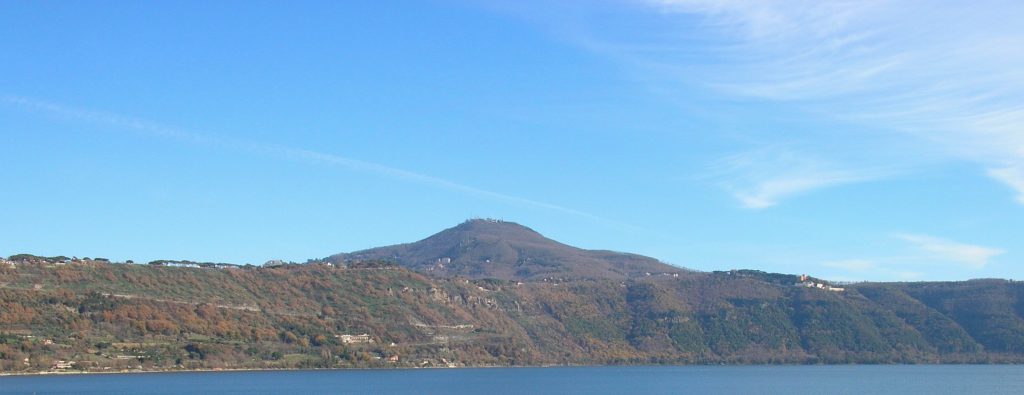
According to the scientific journal Geophysical Research Letters, a volcanic system on the outskirts of Rome may be waking up. Geologists had believed the volcano was extinct until recently, when they began noticing changes in the earth. About 20 years ago, scientists observed that the hills were rising 2 millimeters per year as a result of a bubble of magma that formed under the earth’s crust, and the region experienced an increase in earthquakes from 1991 to 1995. Further, in 2013, a volcanic vent called a fumarole was found near Rome’s Fiumicino Airport, spewing mud, water and steam.
The Colli Albani (Alban Hills) Volcanic District was most active 608,000 to 351,000 years ago, and has erupted approximately every 31,000 to 36,000 years since then. The area, just outside the Italian capital in the hills of Lazio, is about 100 miles northwest of Pompeii and about 19 miles southeast of Rome’s city center.
Scientists don’t believe there’s an immediate need for concern, as they don’t expect the volcano to erupt for another 1,000 years, but they hope their findings will convince the Italian government to draw up evacuation plans in case of an eruption. Still, researchers expect any possible eruptions to be small and non-explosive.
“We expect for sure some initial stages which may not be so explosive, but it may evolve in time,” the study’s lead other, Fabrizio Marra, told the American Geophysical Union.
By Kathy McCabe
Want to read more about travel? Get your free copy of our new digital magazine, Perillo Traveler!

